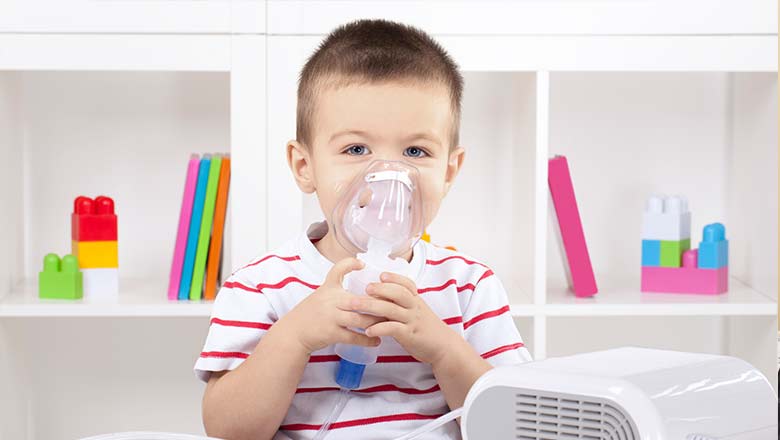Search
Research
Bronchial brushings for investigating airway inflammation and remodellingAsthma is the commonest medical cause for hospital admission for children in Australia, affects more than 300 million people worldwide, and is incurable...
Research
Neonatal immune function and inflammatory illnesses in later life: lessons to be learnt from the developing world?With the emergence of allergic and autoimmune diseases in populations that have started to transit to a western lifestyle, there has been an increasing...
Research
House dust mite allergens in asthma and allergyIgE antibodies in house dust mite (HDM) allergy follow a predictable pattern. Half are directed against two dominant allergens and the remainder largely against
Research
Early immunological influences on asthma development: opportunities for early interventionEarly immunological influences on asthma development: opportunities for early intervention
Research
Investigations into the role of ST2 in acute asthma in childrenThis study investigated the potential role of ST2 in children with acute asthma.

News & Events
Census data reveals stark gap in asthma risk for inner and outer city kidsChildren who live in the outer suburbs of Australia’s four biggest cities are twice as likely to have asthma as those living in inner city areas, according to a new study based on health data captured in the last Australian Census.

News & Events
Directing immune development to curb sky-rocketing diseaseOnce upon a time it was infectious diseases like polio, measles or tuberculosis that most worried parents. With these threats now largely under control, parents face a new challenge – sky-rocketing rates of non-infectious diseases such as asthma, allergies and autism.

News & Events
Funding boost to improve anaesthesia safety for kids with asthmaTelethon Kids Institute and the PMH Anaesthesia Research Team will work to improve the safety for young children with asthma undergoing general anaesthesia.

News & Events
Video: Aboriginal AsthmaWadjuk Nyungar man Walter McGuire talks about the importance of air quality to our health.
News & Events
Research reveals new link between Vitamin D, lung bacteria and asthmaA The Kids for Child Health Research study has uncovered a new link between vitamin D levels and asthma.
